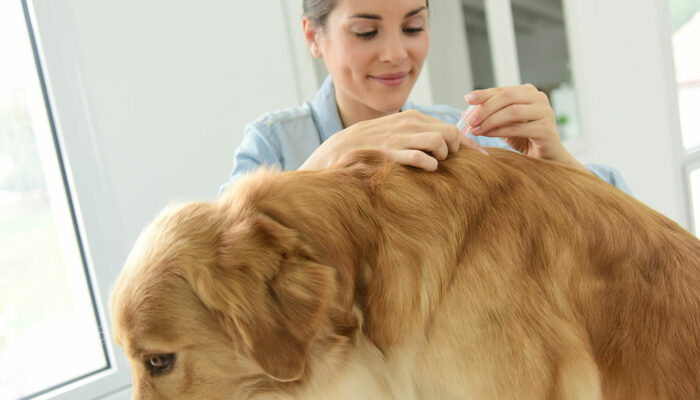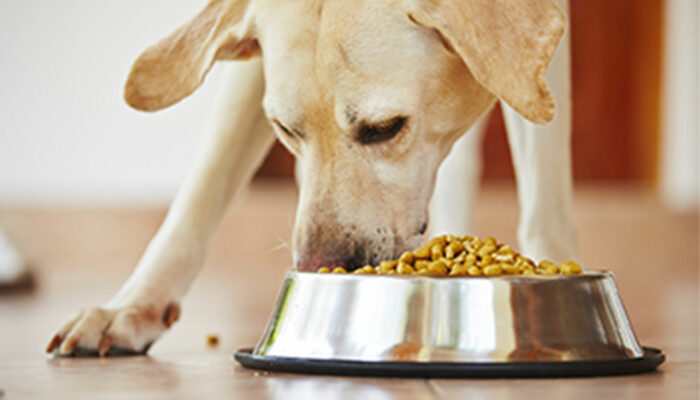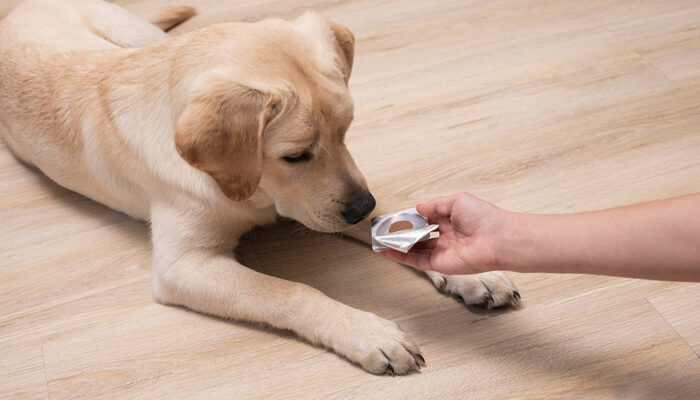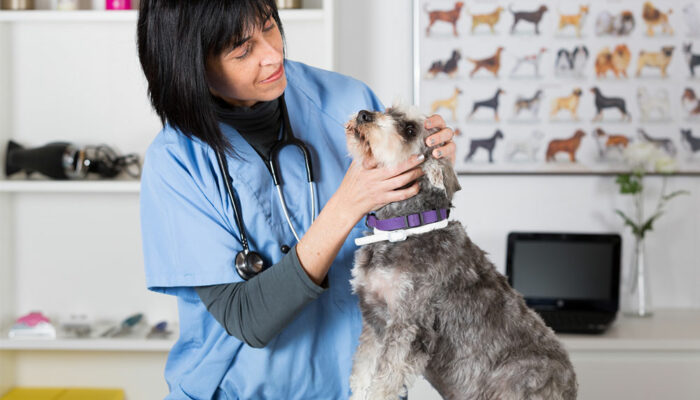
pets
5 things to consider when adopting a pet
Adopting a pet is one of the most exciting decisions one can make. After all, there are about 3.1 million dogs and 3.1 million cats that enter shelters each year. While the decision is usually made after careful consideration, when one believes they are prepared for a pet, it can make the adoption process seem easier. So, here are a few things to consider when adopting a dog or cat. Finding a pet that fits your lifestyle If you and your family spend a lot of time outdoors, you should opt for a pet that you can take along for hikes or one that can sleep in a tent. A tinier breed like a Teacup Yorkie will be easier to live with if you have a smaller living space. Another breed suitable for active households is the German Shepherd. With the right training and socialization, these dogs are also gentle family companions. Moreover, the breed is tough and are effective guard dogs for larger households. Adopting cats is ideal for those who want a quiet furry companion. Further, some breeds of dogs have separation anxiety, so you should not opt for the specific breed if you are away too often.
Read More 








